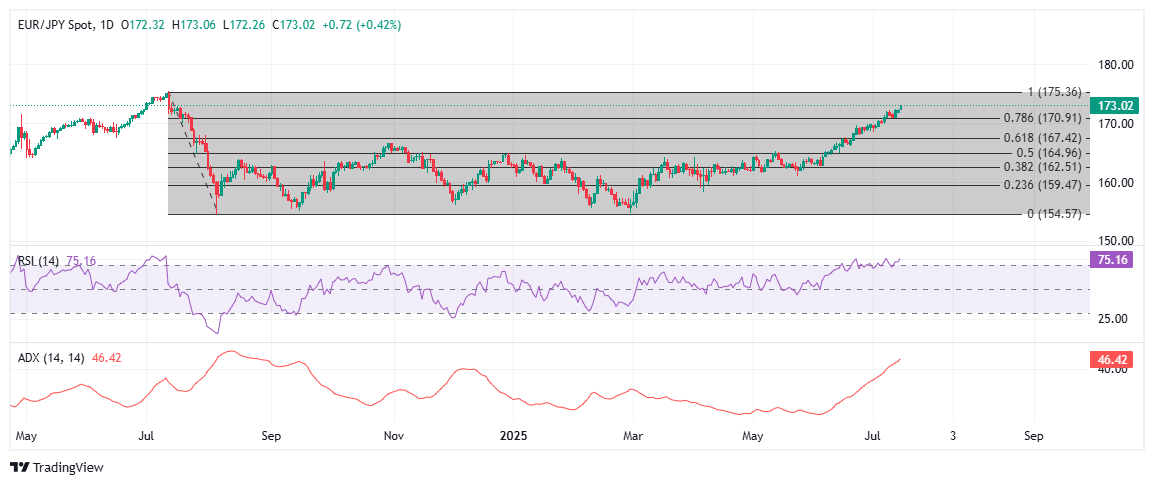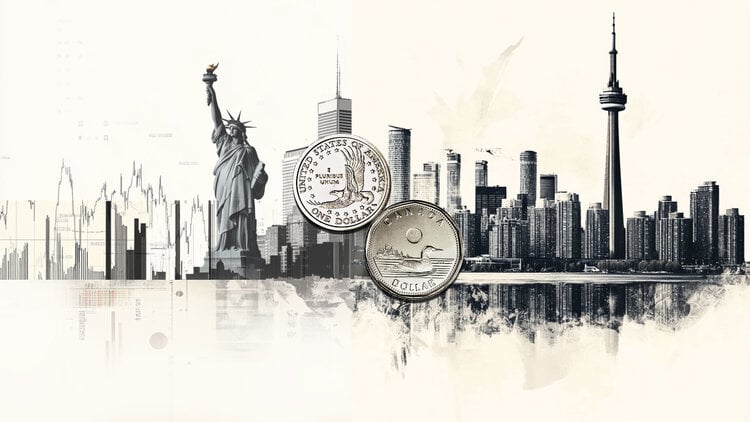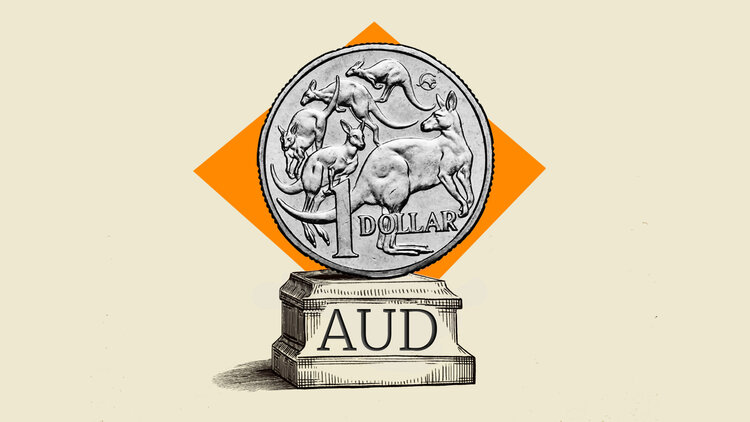- The EUR/JPY reaches a new annual maximum, staying above 173.00 during the American trading session.
- The Japanese Yen under pressure due to broad differentials of interest rates, inflation driven by imports and political uncertainty that weigh on feeling.
- The industrial production of the Eurozone bounces strongly in May, increasing an intermensual 1.7% and 3.7% year -on -year.
The euro extends its progress for third consecutive session against the Japanese Yen on Tuesday, with the EUR/JPY rising towards the level of 173.00 during the American session, a level that was not seen since July 12, 2024. The pair remains supported by the persistent weakness of the YEN, since this fight in the middle of a wide differential of interest rates, renewed tariff threats of US growing inflationary pressures promoted by imports.
Although inflation is maintained above its 2%target, the Bank of Japan (BOJ) has been very reluctant to aggressively increase interest rates. Those responsible for monetary policy remain cautious, citing the fragile internal demand and global uncertainties. To aggravate the pressure on Yen, Japan faces a growing political uncertainty before the elections of the Upper House of July 20, where the surveys suggest that the ruling coalition could lose its majority.
This has generated concerns about the direction of fiscal policy and has limited the flexibility of the BOJ, since it seeks to avoid volatility during the sensitive period prior to the elections. Investors are also considering the risk of an increase in government spending after elections, which could further expand the already substantial debt load in the country. As a result, the feeling of the market continues to inclined against YEN, allowing the EUR/JPY to stay close to its highest levels in more than a year.
Adding to the support of the euro, the Eurozone data published today showed a remarkable rebound in industrial activity. Industrial production increased 1.7% intermennsual in May, reversing the strong fall of April 2.2% and comfortably exceeding the expectations of an increase of 0.9%. In interannual terms, production shot 3.7%, the strongest rhythm since the beginning of 2023.
Meanwhile, the feeling throughout the eurozone showed a slight increase. The ZEW indicator of economic feeling rose slightly to 36.1 in July, from 35.3 in the previous month. Although it did not reach the market forecasts of 37.8, the small improvement suggests that investor confidence remains stable.

From a technical perspective, the EUR/JPY continues to rise, quoting near the 173.00 mark. The Fibonacci setback tool, drawn from the July-August 2024 fall, shows that the torque has exceeded the 78.6% setback level in 170.91, which now acts as a key support zone. The structure of the daily chart remains bullish, with the pair printing consistently maximum and minimum higher.
The Momentum indicators reinforce the upward trend, with the average directional index (ADX) by rising to 46.42, pointing out a strong strength of the trend. However, the relative force index (RSI) in 75.16 suggests that the torque is in overcompra territory, which hints at the possibility of a short -term pause or setback.
If the current bullish momentum persists, the EUR/JPY is well positioned to test the 100% fibonacci projection about 175.36, the next key objective. However, given the overcompra level of the RSI, a small setback cannot be ruled out towards the 170.90-171.00 zone. This area now serves as the first line of defense for the bullies, with a deeper support seen around 167.50-168.00. While the torque is maintained above these levels, the broader upward trend remains intact, with falls that will probably be seen as purchase opportunities.
Source: Fx Street
I am Joshua Winder, a senior-level journalist and editor at World Stock Market. I specialize in covering news related to the stock market and economic trends. With more than 8 years of experience in this field, I have become an expert in financial reporting.







